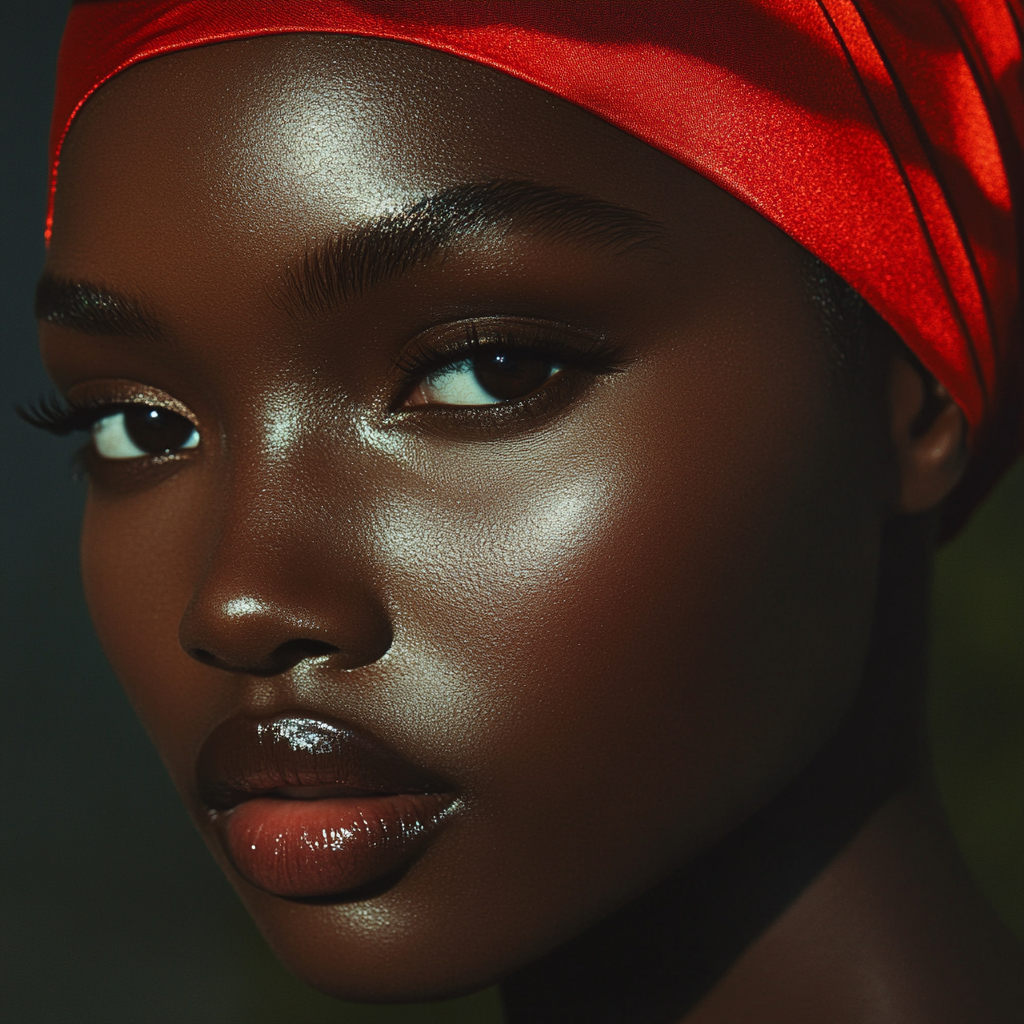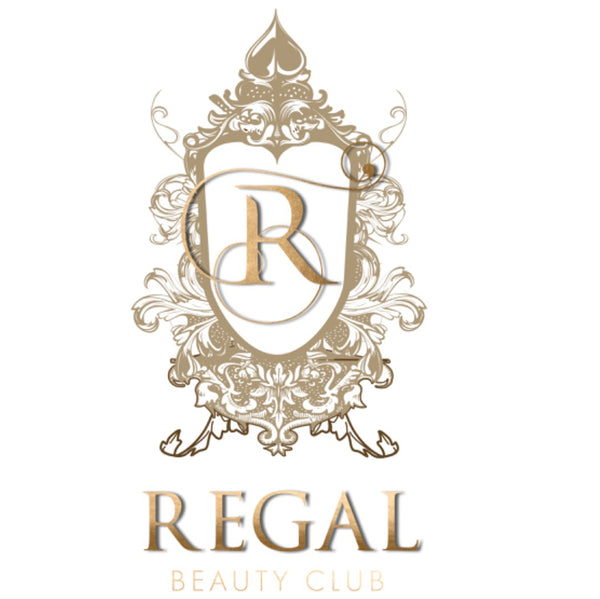
2024-2025 Beauty Market Trends & Growth Insights
Share
The U.S. beauty industry saw a 3% growth in 2024, reaching a total of $119 billion, according to Circana data. The prestige beauty sector experienced even stronger momentum, expanding by 7% to $33.9 billion—more than twice the size of China’s prestige market, the next-largest globally. Meanwhile, mass beauty sales in the U.S. also grew by 3% in the same period.
Looking ahead, the luxury beauty sector is projected to grow at an annual rate of 10% through 2028, according to McKinsey. But what’s fueling this growth? And what trends will shape the industry from 2025 to 2027? Let’s dive into the data to explore what’s next for beauty.
At a recent CEW event, Larissa Jensen, Circana’s global beauty industry adviser, highlighted that 2024 was a year of both normalization and disruption, with disruption being the key driver of future growth.
Fragrance led the U.S. prestige beauty market as the fastest-growing category in 2024, with dollar sales rising 12% and unit sales also experiencing double-digit growth. The mass fragrance segment also saw strong momentum, increasing 9%, reflecting demand across all price tiers. Meanwhile, masstige fragrance sales surged 13%, solidifying its position as a high-growth segment.
Skin care saw modest growth, with mass and prestige increasing by 2% and 1%, respectively. However, masstige was a standout, particularly in facial skin care, which soared 13%, making it the strongest performer in the category.
Hair care continued its upward trend, with prestige sales growing 9% and mass increasing 3%. Notably, data shows that most hair care consumers shop across both mass and prestige segments, blending affordability with premium options.
Makeup, the largest prestige beauty category, saw a 5% increase in dollar sales. However, the mass makeup sector declined by approximately 3%, indicating shifting consumer preferences within the category.
Shifting Trends in U.S. and Global Beauty Markets
In the U.S., clean beauty brands experienced strong growth in fragrance and makeup, while the hair category saw slower momentum and skin care declined slightly.
The dupe trend also gained traction across categories, with 27% of U.S. beauty shoppers admitting to purchasing lower-cost alternatives. Among these shoppers, 55% bought their dupes on Amazon, which, as of 2025, has overtaken Walmart as the top U.S. beauty retail destination (according to Morgan Stanley forecasts).
2024 Holiday Season Recap
The Q4 holiday season reflected mixed dynamics between mass and prestige beauty. Prestige makeup sales grew 2%, while the mass segment declined by 3%. In skin care, however, mass outperformed prestige, with mass sales rising 4%, compared to a 2% gain in prestige.
Global Beauty Market Insights
Across most regions, prestige beauty drove the majority of market growth in 2024, while mass-market beauty also saw steady expansion worldwide.
South America stood out as the only region where mass beauty outpaced prestige growth. Additionally, category preferences varied significantly across regions, with many markets favoring either mass or prestige beauty. However, North America remains unique, maintaining a balanced mix of both segments.
Meanwhile, the U.S. market continues to lead global beauty trends, with international brands increasingly refocusing their efforts on this critical market.
Although the beauty industry has moved past the rapid surge seen in the post-pandemic era, it remains on a healthy and sustainable growth trajectory.
Beauty 2025-2027 Sales Forecast
Overall prestige beauty sales are expected to increase 5% year-over-year in 2025, with growth slowing to 4% for 2026 and 3% in 2027, per Circana. This trend portends growth, but also signals that prestige and mass expansion will be more closely aligned.
Through 2027, mass makeup is expected to be soft, while mass skin care will accelerate (see category deep dives for more details). Mass unit performance will also be softer than most prestige categories.
According to McKinsey data, the global beauty industry will be valued at $596 billion, representing 6% annual growth. Luxury will grow faster, per the company, expanding at 10% through 2028.
Looking ahead, Jensen, said, “The beauty industry’s resilience continues to shine as consumers turn to beauty to not only look, but also feel good. With beauty products intertwined with consumers’ emotional needs and wellness routines, maximizing this opportunity will go a long way to ensure a healthy future for our industry.
